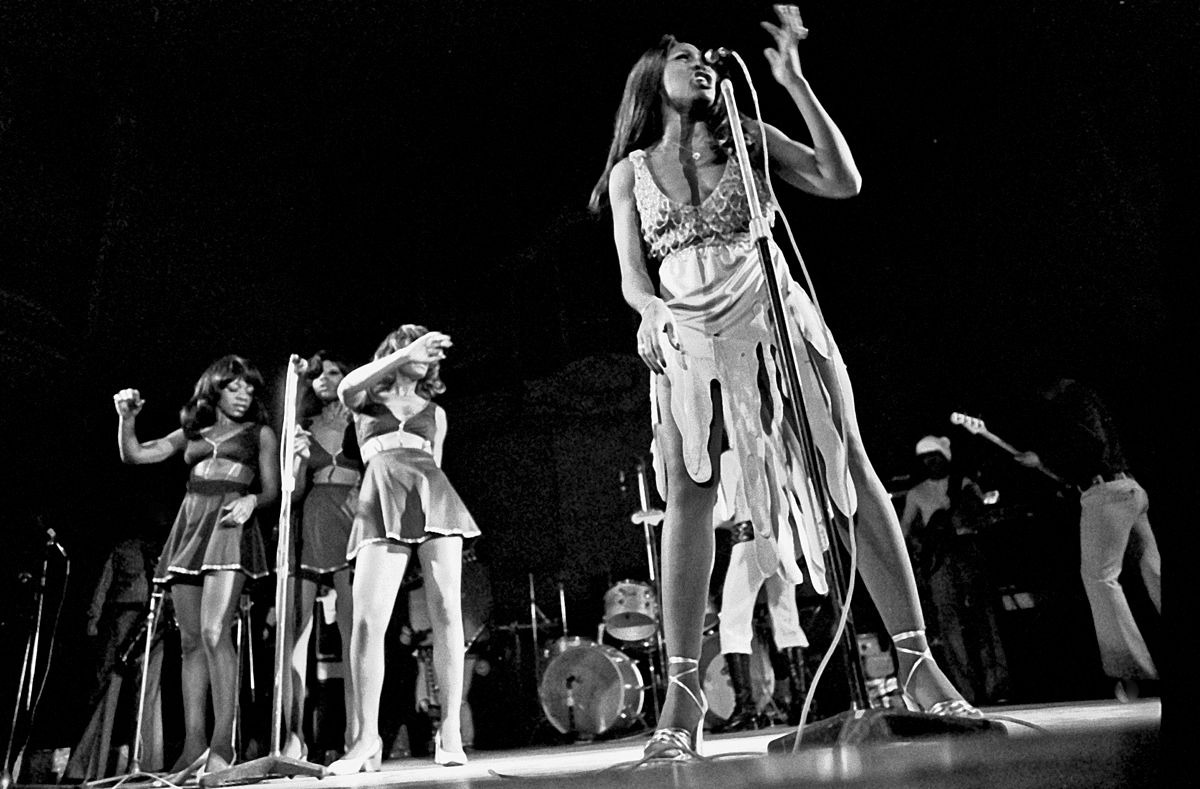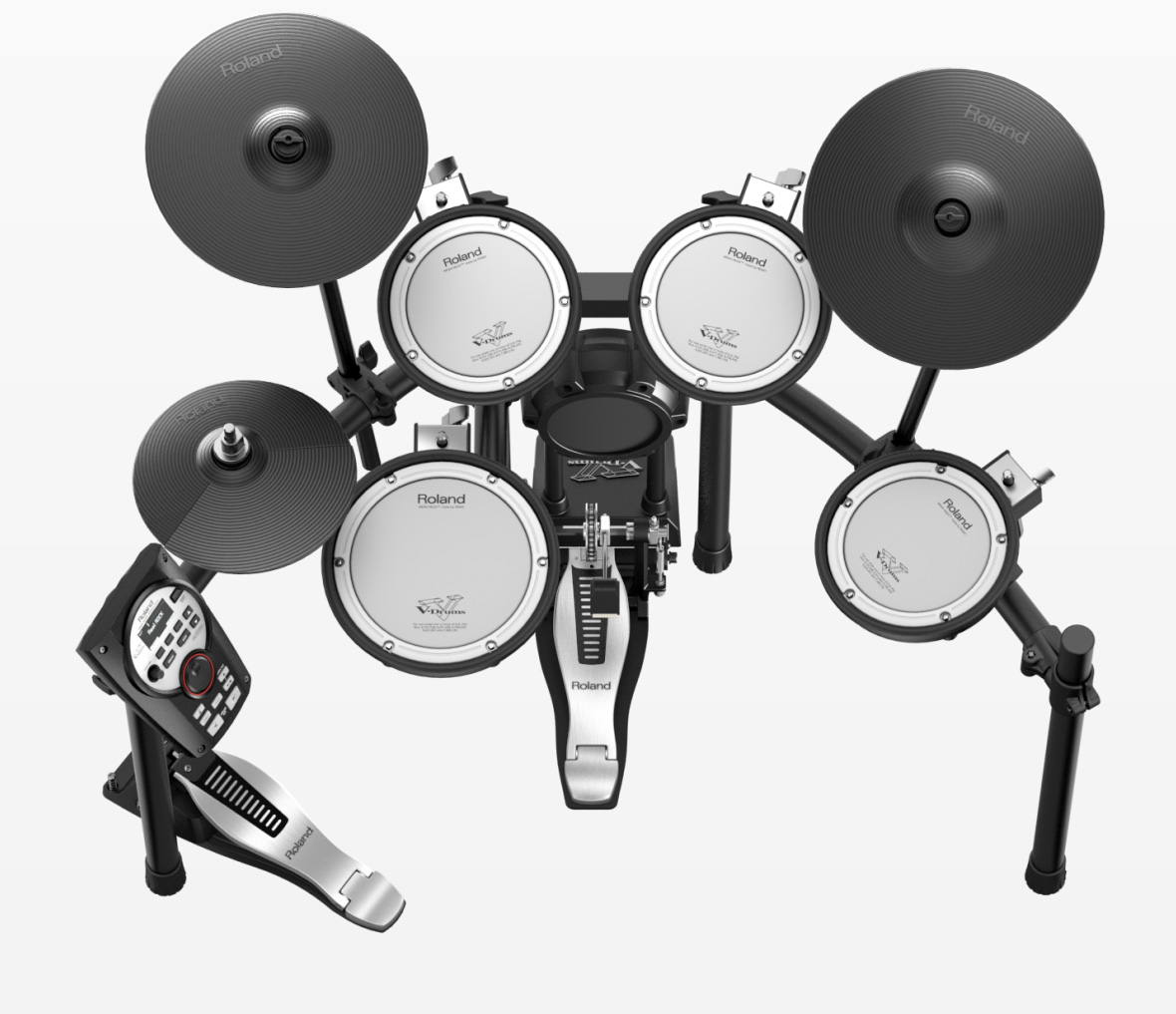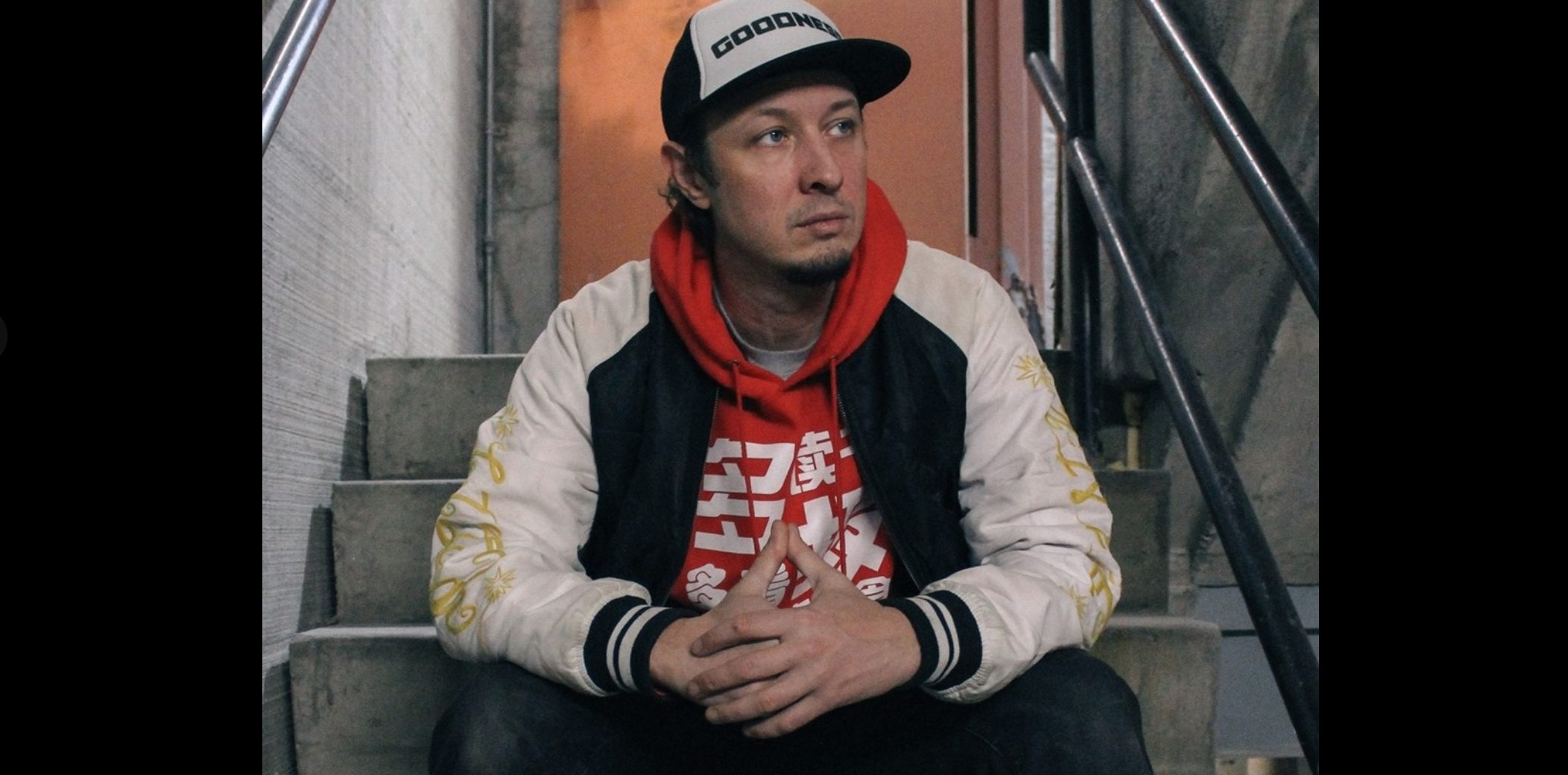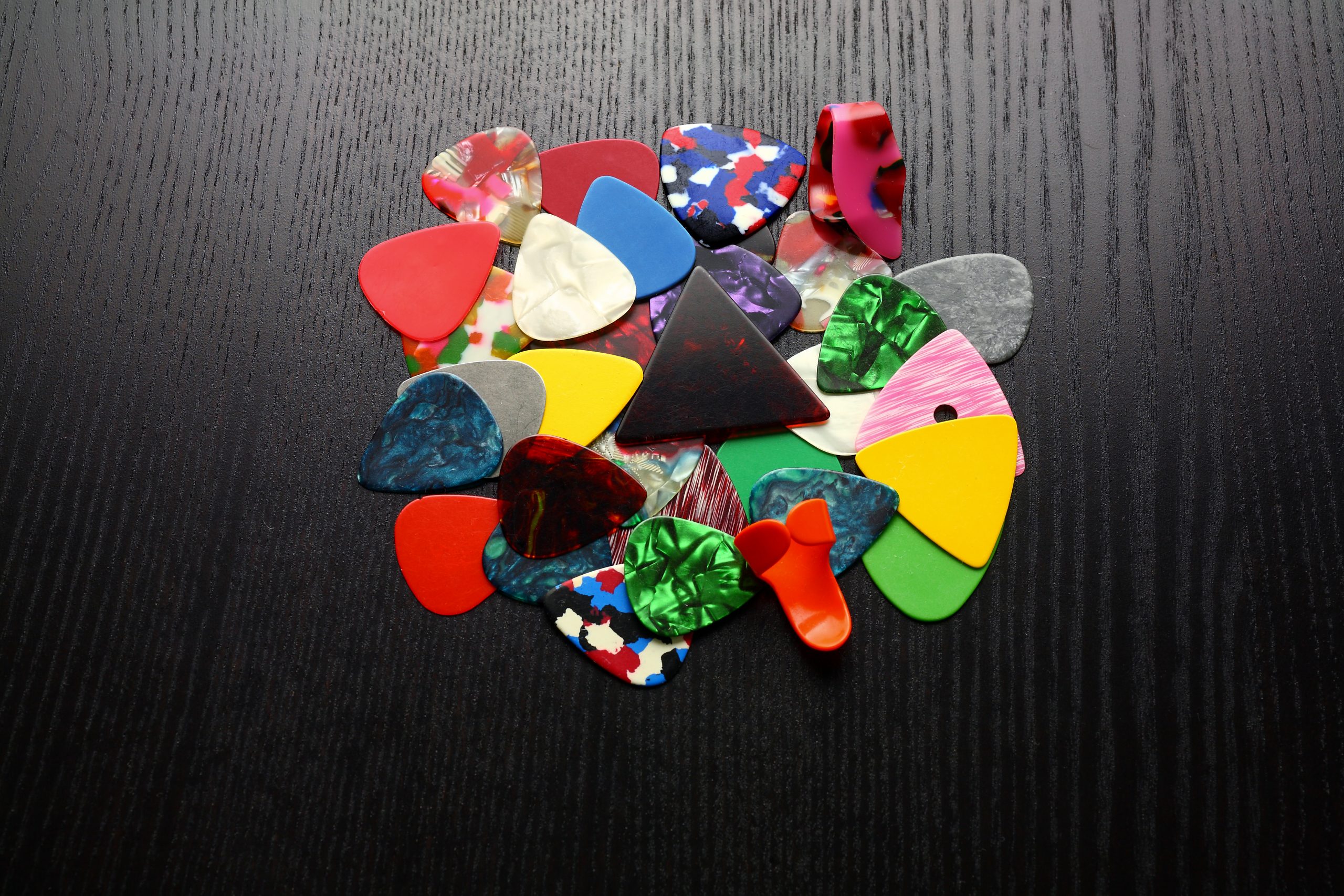When Tina Turner sat down with People magazine in 1981 and told the world about Ike Turner’s violence, she didn’t just share her story—she shattered a wall of silence that had protected abusers for decades. Domestic violence advocates still cite that moment as watershed for survivor empowerment, particularly among Black women who’d rarely seen their experiences reflected in mainstream media.
Turner’s openness permitted conversations that had been whispered in shadows to finally happen in daylight.
The Hidden Violence Behind the Hits
Behind chart-toppers like “Proud Mary” and “River Deep, Mountain High” lived a nightmare of control and brutality.
The Ike & Tina Turner Revue dominated stages and radio throughout the 1960s and early ’70s, but Tina’s powerhouse vocals masked years of emotional, physical, and sexual abuse. Ike’s violence extended beyond backstage tantrums into systematic control—financial manipulation, forced encounters, and beatings that left lasting trauma.
Their musical chemistry was undeniable; their personal dynamic was toxic in ways that would have destroyed a lesser spirit.
Thirty-Six Cents and a New Beginning
Her 1976 escape from a Dallas hotel with almost nothing became the ultimate symbol of starting over.
After another violent incident, Tina walked out of that Dallas hotel with 36 cents, a gas credit card, and unshakeable determination to survive. She cleaned houses between club performances, rebuilding from absolute zero while fighting for the right to keep performing under the name “Tina Turner.”
Most people would have disappeared. She used those lean years to discover who she was beyond Ike’s shadow—and what she found was pure steel wrapped in silk.
“Private Dancer” Proved Comebacks Were Possible
At 45, Turner redefined what artistic reinvention could look like with an album that conquered both critics and charts.
“Private Dancer” arrived in 1984 like lightning—her voice more powerful than ever, her songs radiating hard-won wisdom about love, survival, and self-determination. “What’s Love Got to Do With It” wasn’t just a Grammy-winning hit; it was an autobiography set to a beat that millions could dance to.
The album proved that women over 40 could dominate rock radio when everyone said they were too old, too Black, or too complicated for mainstream success.
A Legacy That Still Saves Lives
Turner’s story remains essential reading in domestic violence advocacy circles worldwide.
Her autobiography “I, Tina” and its 1993 film adaptation continue reaching new generations of survivors who see their own struggles reflected in her journey. Advocacy organizations report that her openness helped remove stigma from leaving abusive relationships, showing that survival isn’t just possible—it can lead to triumph beyond imagination.
Tina transformed personal hell into universal hope, proving that sometimes the most powerful music comes from the deepest wounds.


























